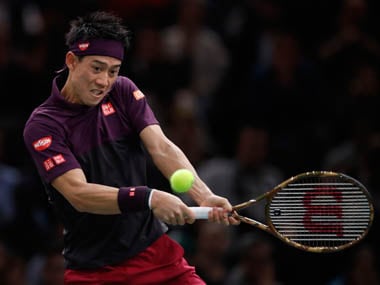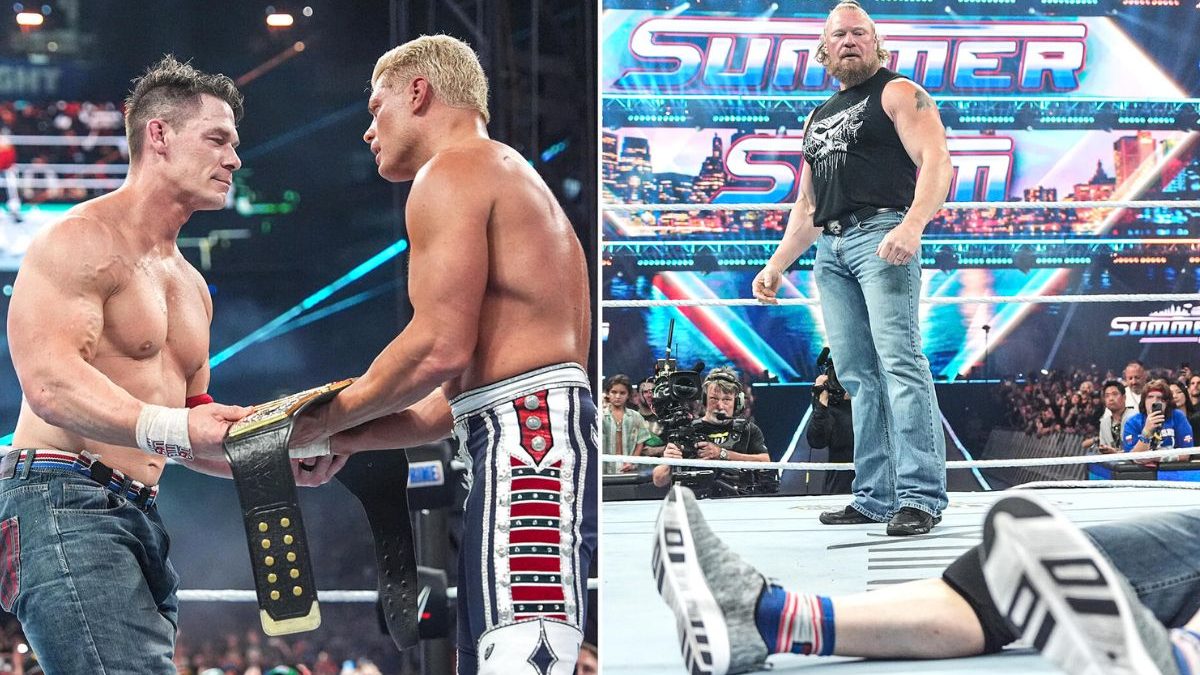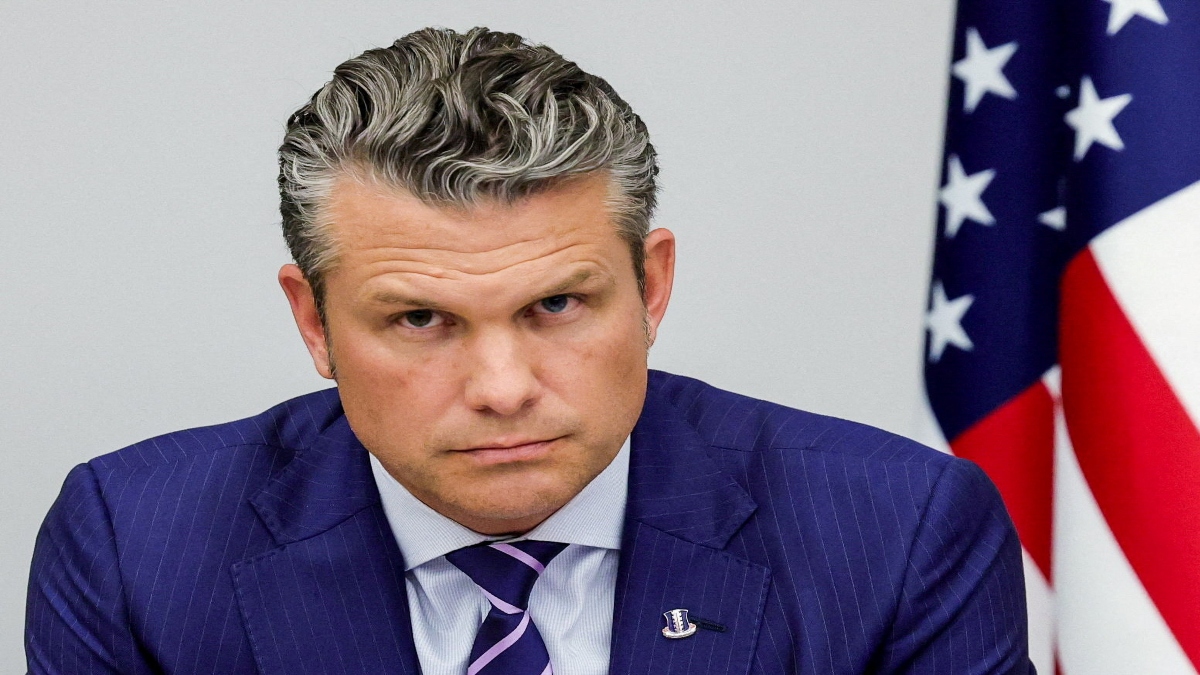How Kei Nishikori qualified for the ATP Finals [caption id=“attachment_5526511” align=“alignleft” width=“380”]  Kei Nishikori in action during his quarter-final clash against Roger Federer at the Paris Masters. Reuters[/caption] Kei Nishikori’s 2018 has been remarkable, for a whole host of reasons. The Japanese World No 9 endured a torrid 2017 campaign, which saw him sidelined for five months due to a wrist injury, the latest in a string of injuries that have haltered him at every stage of his career. However, Nishikori has pulled off an incredible comeback since returning to action, forcing his way into the top-10 with some excellent performances that have seen him ever so close to winning major titles. While trophies have eluded him this time around, he managed to put together memorable runs to the Wimbledon quarter-finals and US Open semi-finals. His campaigns in both the Grand Slams were ended by Novak Djokovic, who also managed to steal the title of come-back of the year from the Japanese star. Nishikori was also denied a victory in front of his home support at the Japan Open, after beating the likes of Stefanos Tsitsipas and Richard Gasquet en route to the final, where he fell to Russian Daniil Medvedev. Kei Nishikori’s 2018 in 280 characters Kei Nishikori managed to qualify for the ATP Finals despite beginning his season by playing in the ATP Challenger Tour. He became only the third ever player qualify after winning an ATP Challenger Tour title, which he picked up at The RBC Tennis Championships of Dallas in February. Kei Nishikori’s quirks and superstitions The 28-year-old Japanese has spoken of his superstitions on several occasions, saying that he never calls his parents during a tournament, only phoning them up after it’s over. This quirk has stuck with him for years, with first reports about it dating back to 2008, when he was an up and coming 18-year-old. One thing you didn’t know about Kei Nishikori When Nishikori was learning his trade at the Nick Bollettieri Academy, he was known as Project 45. This was in reference to retired Japanese tennis star Shuzo Matsuoka, who was the highest-ever rated Japanese male singles player at the time, ranked at 46. Nishikori was a fan of Shuzo, who would later go on to become Nishikori’s mentor. Nishikori surpassed Shuzo’s ranking in October 2011, when he reached rank 30, shortly after he beat then eighth-ranked Jo-Wilfried Tsonga on his way to the ATP World Tour Masters 1000 Shanghai semi-finals. Kei Nishikori’s best performance of the season Nishikori has been a livewire since returning to the sport and has pulled off several big victories. Two of Nishikori’s earliest victories over top 10 players came back-to-back at the Rolex Monte-Carlo Masters, where he defeated Marin Cilic and Alexander Zverev in the quarter-finals and semi-finals respectively, but came up short against an in-form Rafael Nadal in the final. Wins over Grigor Dimitrov in the Italian Open, Diego Schwartzman and Marin Cilic at the US Open, Dominic Thiem at the Vienna Open and Kevin Anderson in Paris round out his hit list for the year.
Nishikori fends off multiple break points in the 3rd game of the 4th set and it’s on serve...
— US Open Tennis (@usopen) September 5, 2018
Will Cilic force a 5th set?#USOpen pic.twitter.com/Ue8DHX2ilg
Kei Nishikori’s head-to-head record against Group Lleyton Hewitt opponents Kei Nishikori 2 vs 7 Roger Federer Kei Nishikori 5 vs 3 Kevin Anderson Kei Nishikori 3 vs 1 Dominic Thiem For the rest of the profiles of contenders at the ATP Finals 2018, click here .


)

)
)
)
)
)
)
)
)



